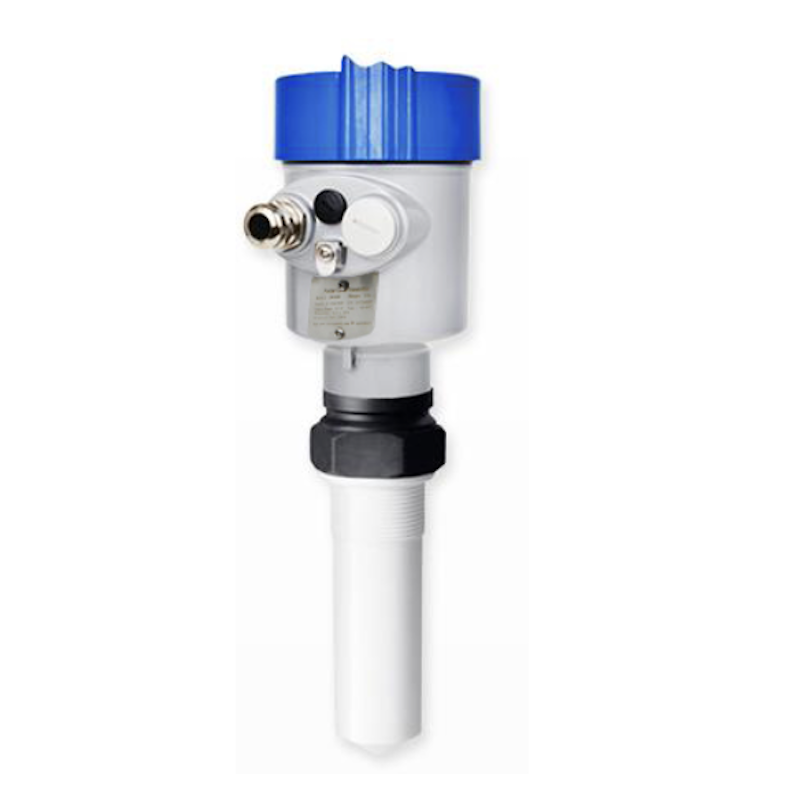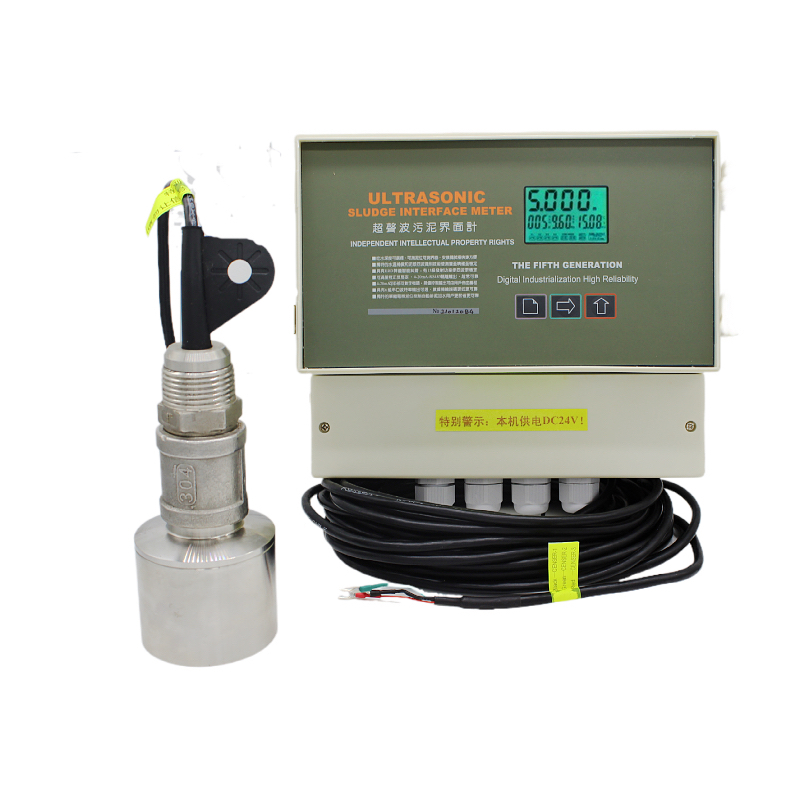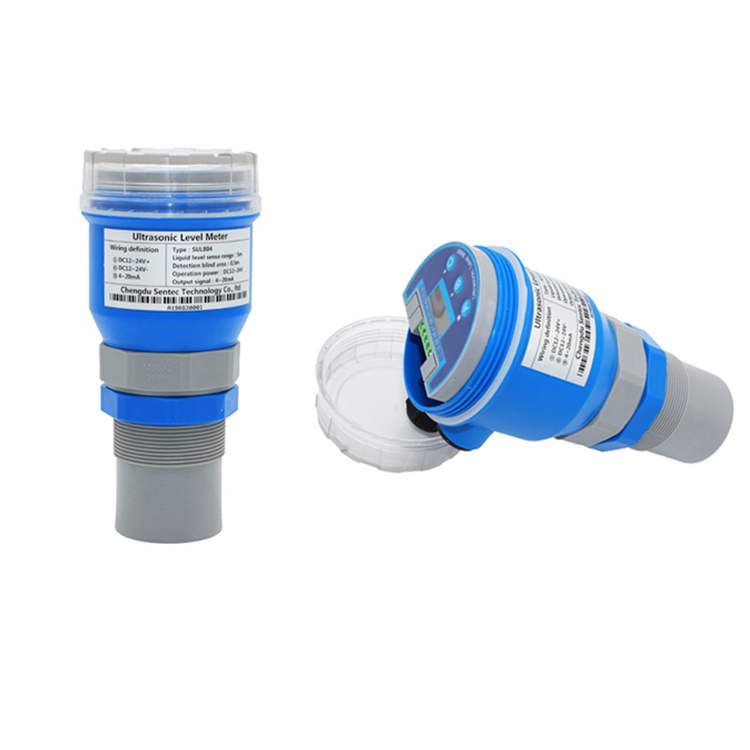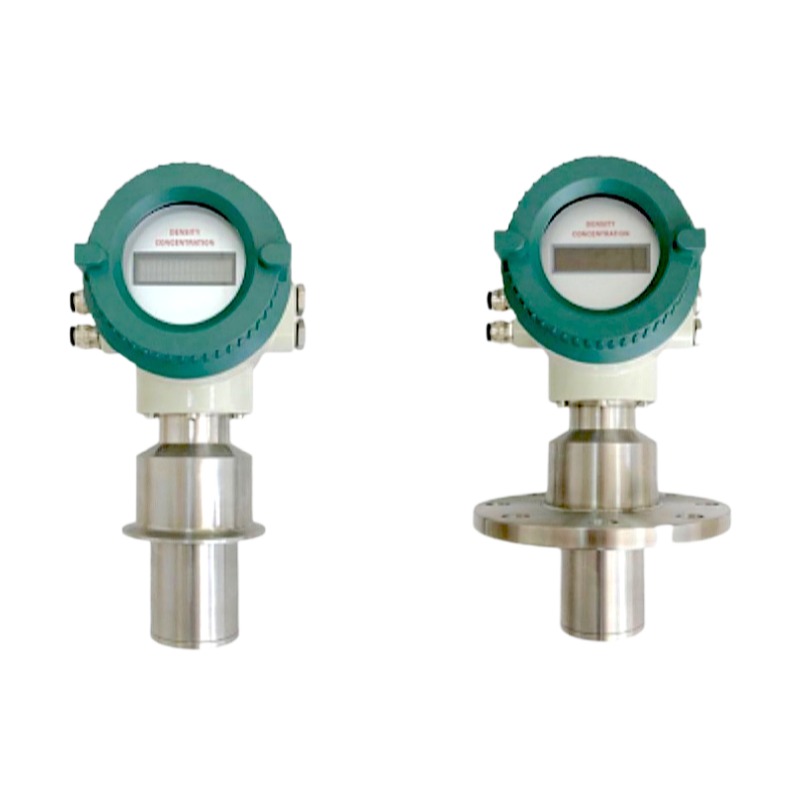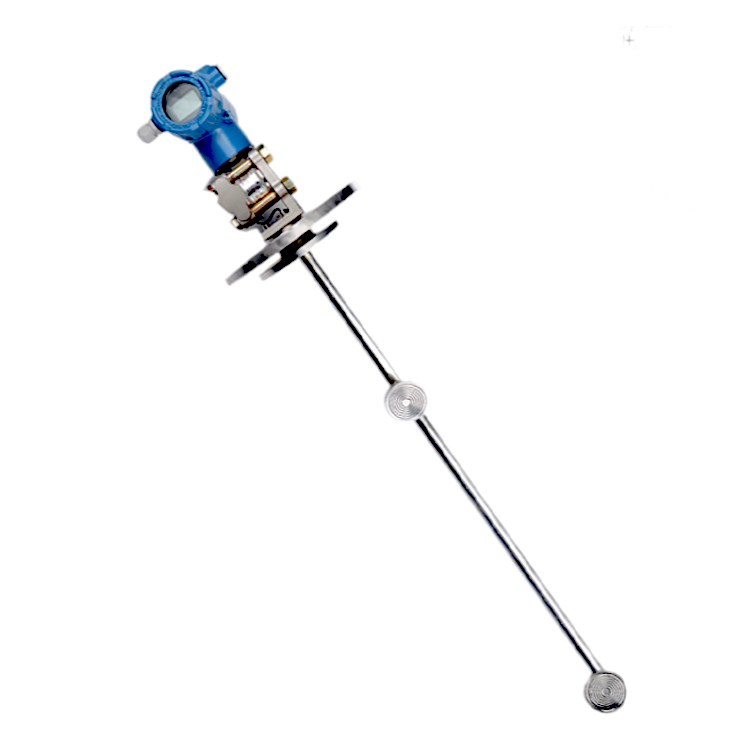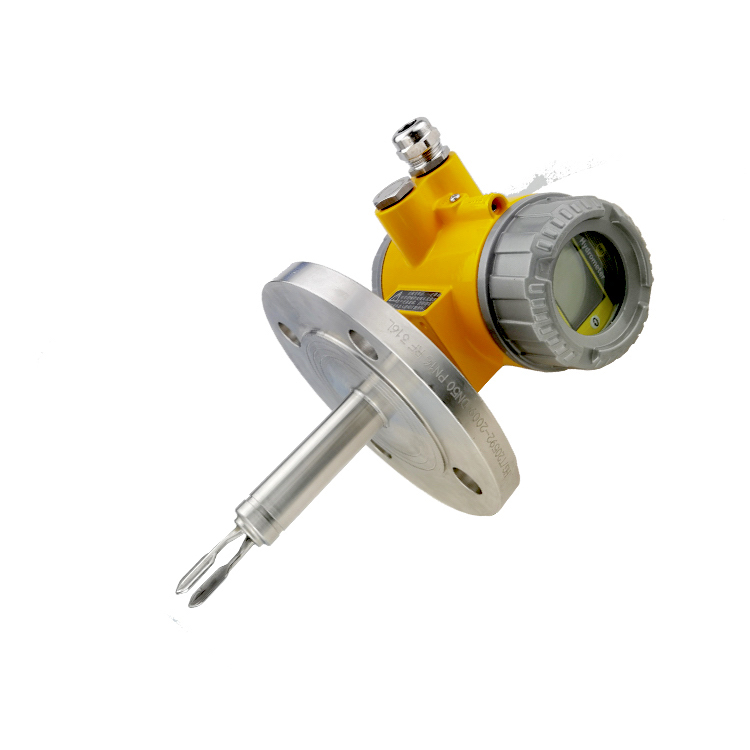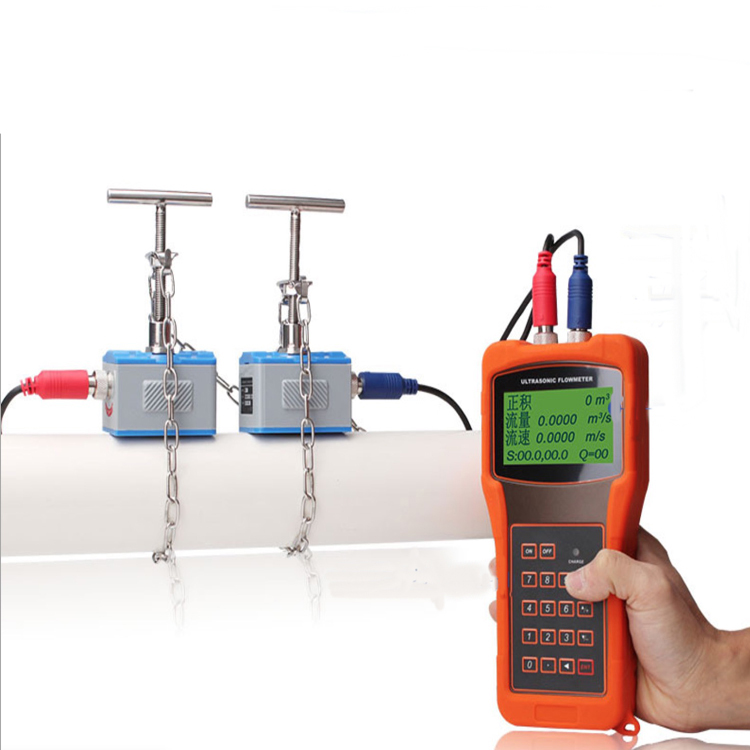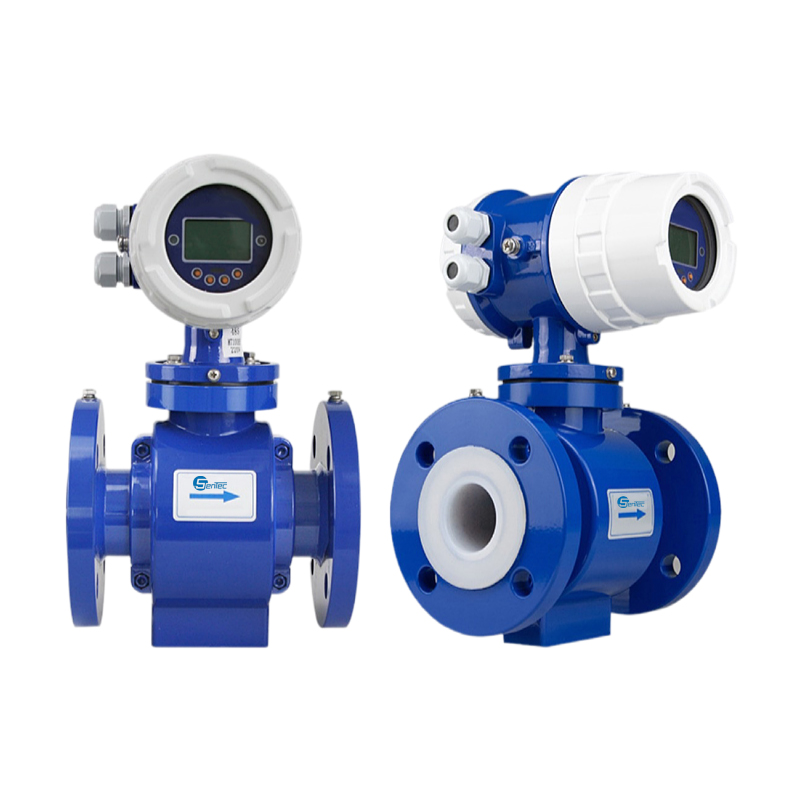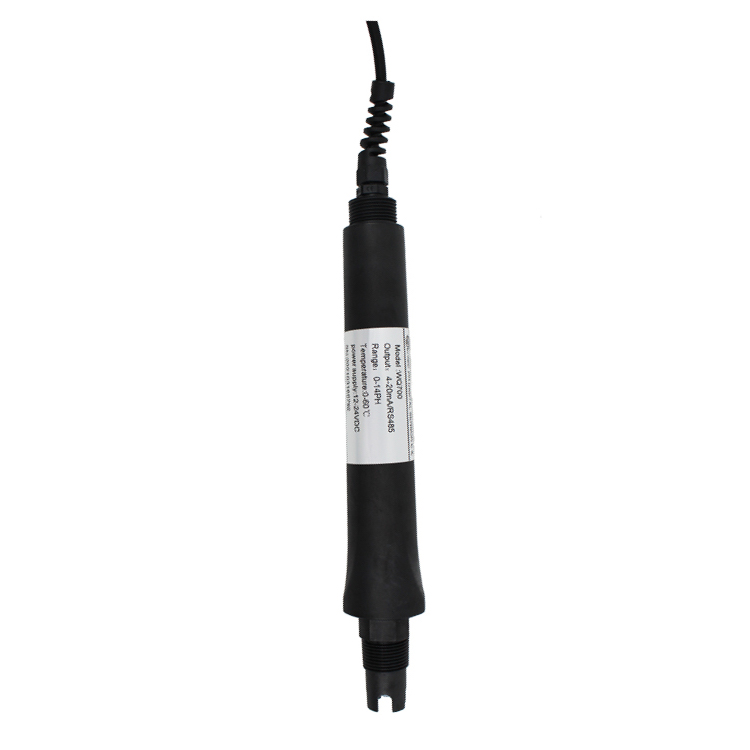sensor to measure Sewage
What sensor to measure Sewage? Sewage: (English: sewage; wastewater) The water that has lost its original function is referred to as sewage. Treatment of sewage will involve a variety of sensors, such as sewage level sensors, sewage flow meters, etc.
Table of Contents
Backgroud: sensor to measure Sewage
Sewage: (English: sewage; wastewater) The water that has lost its original function is referred to as sewage. Sewage is due to the incorporation of new substances into the water or changes in external conditions, resulting in the deterioration of the water and the inability to continue to maintain the original use function. It is mainly the water used in daily life, which contains more organic matter and is easier to handle.
Treatment of sewage will involve a variety of sensors, such as sewage level sensors, sewage flow meters, etc.
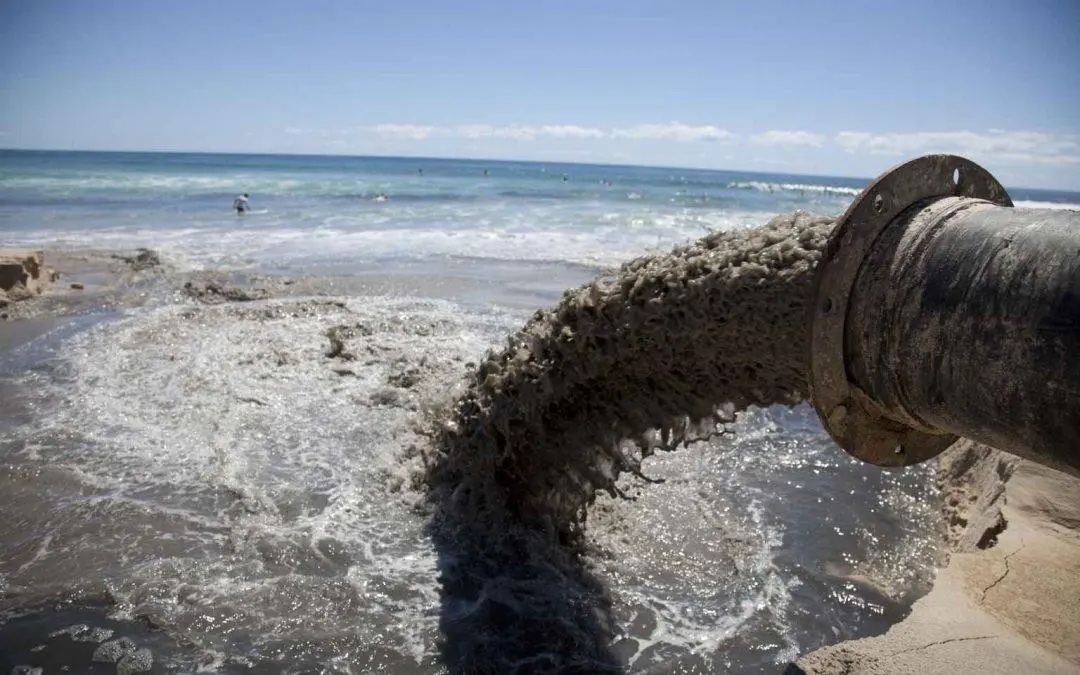
Sewage level sensor
Sewage level meter is a special measuring instrument for measuring liquid medium. Liquid level meter is widely applied in sewage treatment, and its effect on sewage treatment is also very great.
SenTec has a range of level transmitters for wastewater detection. For example, to measure the level of river sewage, ultrasonic or radar level can be used. Ultrasonic sludge interface meter can be used to measure sludge concentration
Sewage online densitometer
In the process of Sewage treatment, all liquids and sewage need to be tested for density or concentration, which requires an online density meter. SenTec Intelligent online density meter (also called online density transmitter) is a device for continuous online measurement of the concentration and density of liquids, which can be directly used in industrial production processes. Commonly used industrial online liquid density meters include static pressure density meter, vibration type density meter and laser density meter. According to installation, it can divided into tank densitometer and pipeline densitometer.
Advantages of online liquid Sewage densitometer:
*The use of industrial-grade high-performance micro-controller integrated circuit, high accuracy, good stability, strong anti-jamming ability.
*Power supply using isolation circuit design, wide-format precision power supply, impact resistance, anti-jamming.
*”Plug and use, maintenance-free” measurements for monitoring and controlling continuous measurements
*Sensor signal with photoelectric compartment design with 4-20 mA output, connectivity PLC control system
*Long rod type is suitable for use in open and sealed tanks and cans up to 2m in length
*Explosion-proof certification
Subscribe To get new products and solutions
Sewage Flow Meter/wastewater flow meter
Common used sewage flowmeter types have electromagnetic flowmeter, ultrasonic flow meter. The Ultrasonic sewage flow meter is composed of the water level velocity sensor (probe), the upper monitor (terminal machine) and the communication cable. It is used to measure the volume flow of various sewage in the pipe and channel.
The sewage flow meter has the characteristics of simple structure, solid reliability and long service life. There are no moving parts and resistance components in the measuring tube, and it has no pressure loss and no obstruction. Its measurement is reliable, and its anti-interference ability is strong. It has the characteristics of small size, light weight, convenient installation, less quantity of maintenance and wide measurement range. Its measurement is not affected by the change of fluid temperature, density, pressure, viscosity and electrical conductivity. We can reform and install it in the old pipe, and the construction and installation are simple, and the quantity of the project is small. The installation cost is lower than that of the general electromagnetic flow meter, and it is especially suitable for the measurement of the flow of large and medium caliber pipes. It uses advanced processing technology and solid-state packaging technology, so the instrument have good measurement precision, stability and long life.
Application of water quality sensor in sewage treatment
Modern sewage treatment technology can be divided into primary, secondary and tertiary treatment processes according to the degree of treatment.
In the process of sewage biological treatment, there are certain requirements for sewage quality, water temperature, dissolved oxygen in water, pH value, etc. As an important device for measuring water body data, various water quality sensors provide technical support for water pollution control and water safety in the process of sewage treatment.
1. Dissolved oxygen sensor
Too high dissolved oxygen (greater than 4mg/L) will accelerate the consumption of organic substances in sewage, and cause the aging of activated sludge and the proliferation of filamentous bacteria due to lack of nutrients in microorganisms. Long-term high dissolved oxygen will reduce the flocculation performance and adsorption capacity of activated sludge.
If the dissolved oxygen is too low (less than 1.5mg/L), the life activities of microorganisms will be inhibited, resulting in the decay, disintegration and deterioration of microorganisms; it will affect the respiration of microorganisms and the purification ability of activated sludge, and the sludge will float and decay until swell.
2. PH sensor
The pH value will affect the charge of the microbial cell membrane in the activated sludge of sewage treatment, thereby affecting the activity of enzymes in the process of nutrient absorption and metabolism by microorganisms; changing the availability of nutrients in the growth environment and the toxicity of harmful substances.
3. ORP sensor
ORP is the difference between the redox potential of the indicator electrode and the redox potential of the comparison electrode in the liquid, which can give a comprehensive indicator of the redox state of the entire system.
*If the ORP value is low, it indicates that the content of reducing substances or organic pollutants in the wastewater treatment system is high, the concentration of dissolved oxygen is low, and the reducing environment is dominant.
*If the ORP value is high, it indicates that the concentration of organic pollutants in the wastewater is low, the concentration of dissolved oxygen or oxidizing substances is high, and the oxidizing environment is dominant.
ORP is an important direction for the development of automatic control technology and anaerobic precise control in sewage treatment plants, which is of great significance for saving energy, controlling the metabolic pathways of anaerobic microorganisms and improving the treatment effect.
4. Ammonia nitrogen sensor
Ammonia nitrogen in wastewater refers to nitrogen in the form of free ammonia and ionized ammonium, mainly from the decomposition of nitrogen-containing organic matter in domestic sewage, industrial wastewater such as coking and synthetic ammonia, and farmland drainage.
Due to the oxidation of NH4+-N, the concentration of dissolved oxygen in the water body will decrease, resulting in the water body turning black and smelly, and the water quality declining, which will affect the survival of aquatic animals and plants.
5. Residual chlorine sensor
Residual chlorine means that after chlorine is put into water, in addition to consuming a part of the chlorine amount by interacting with bacteria, microorganisms, organic matter, inorganic matter, etc. in the water, there is still a part of the chlorine amount left. Chlorine-containing disinfectants generally refer to disinfectants that dissolve in water to produce hypochlorous acid with microbicidal activity.
The high residual chlorine content is easy to kill biological activity, affecting the normal operation of the sewage biochemical treatment unit, and the poor sewage treatment effect will lead to the risk of exceeding the standard of effluent quality.
Subscribe To get new products and solutions
Latest Posts
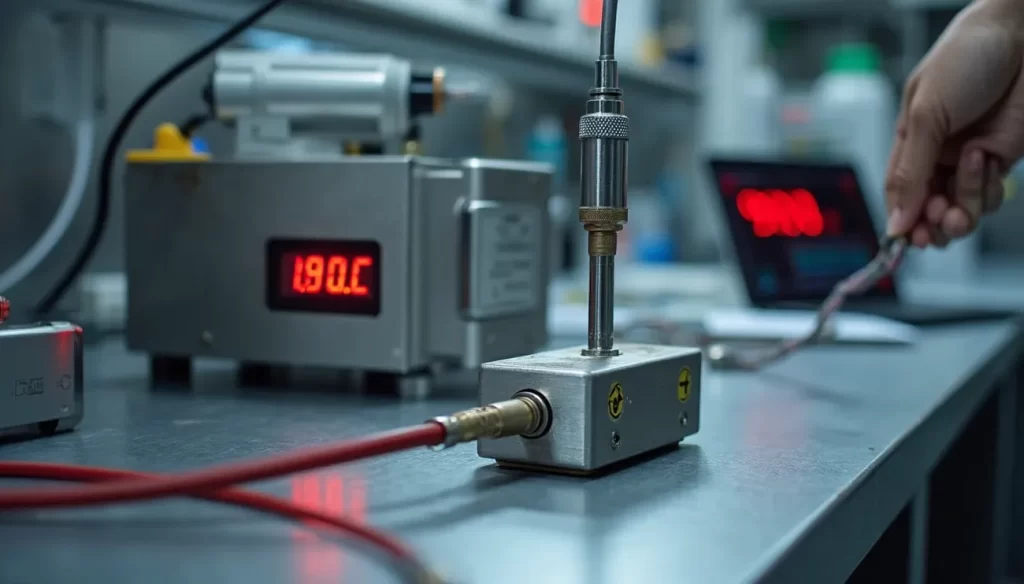
Why Your Thermocouple Calibration Might Be Wrong (And How to Fix It)
Thermocouple calibration might look like a small detail in your industrial processes. But here’s something you should know – type K thermocouples can drift more
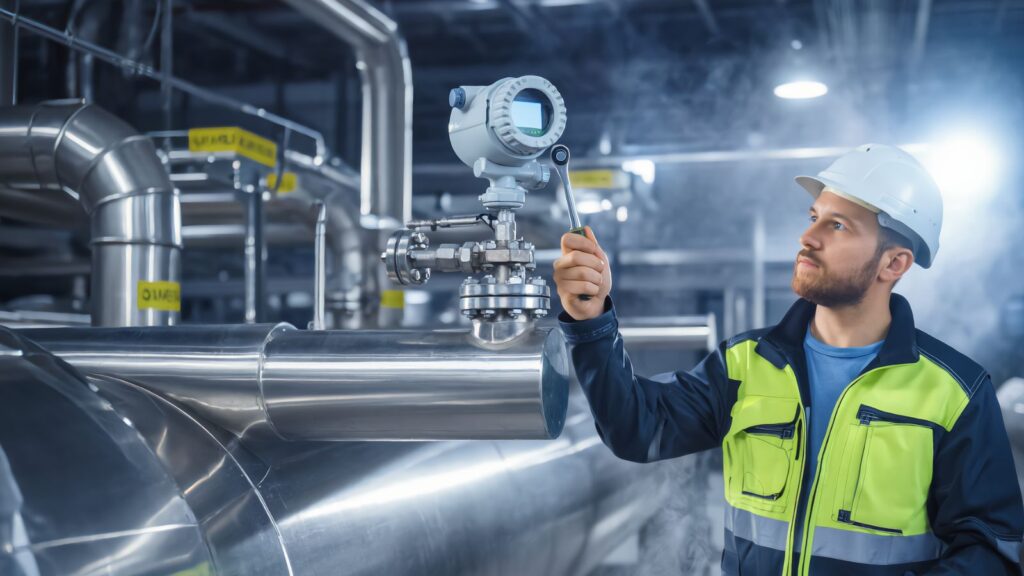
Why Engineers Choose Radar Level Measurement for Bypass Installations
Radar level measurement technology has become the preferred solution for engineers who work with challenging bypass installations. Radar level transmitters reliably measure tanks that reach

TVOC Air Quality Testing: Essential Facts for a Healthier Indoor Environment
Most people don’t realize they spend about 90% of their time indoors, where TVOC air quality poses surprising health risks. EPA studies have found that
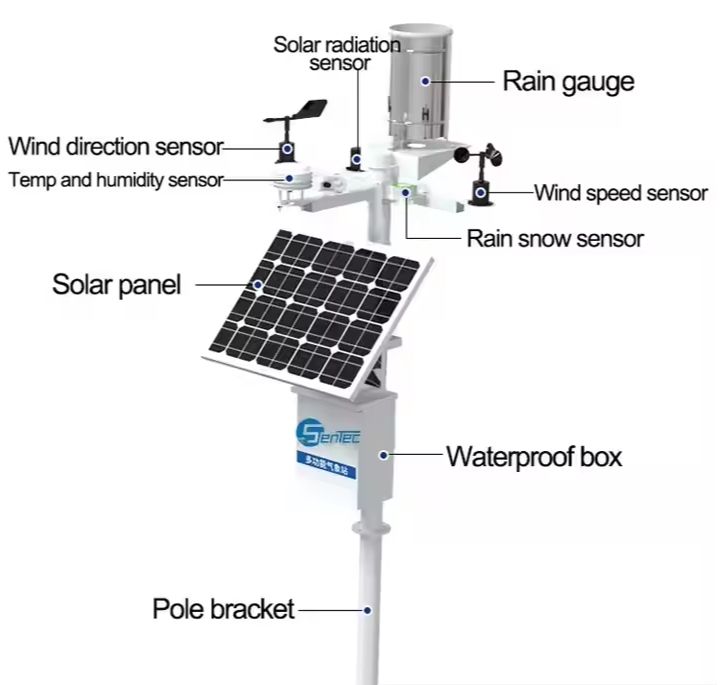
Weather Measuring Instruments: Essential Tools for Accurate Predictions
Local weather in your neighborhood often varies substantially from regional weather station reports. Weather measuring instruments help us track these local differences and predict weather

